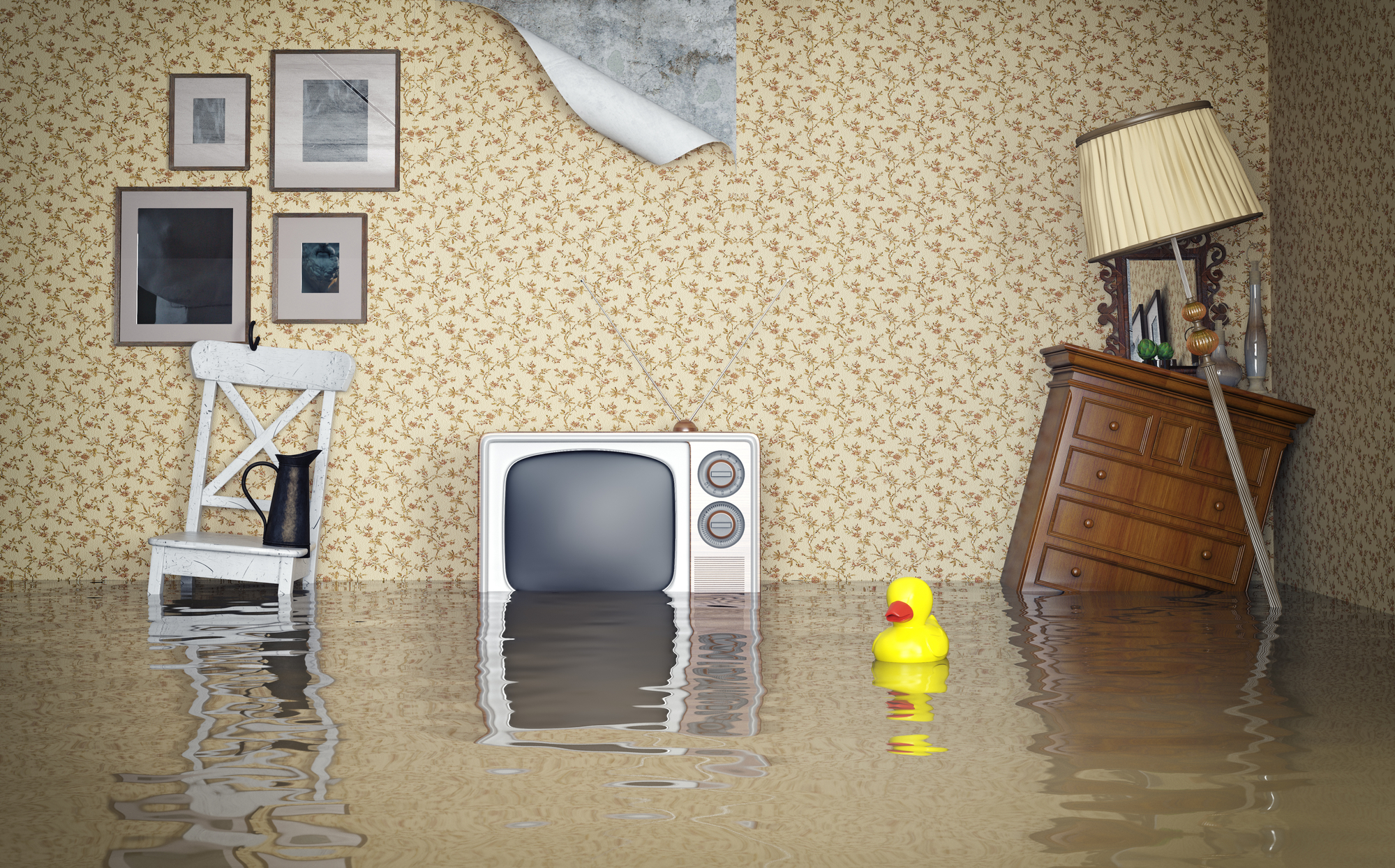How to Keep Your Photos Safe during a Hurricane

Frequent readers of this newsletter are probably aware that analog media contains sensitive material that is prone to decay over time if not stored properly. Tapes, film and photographs can be distorted, damaged or destroyed when exposed to extreme temperatures. Water damage is much on our minds these days as its hurricane season here on the East Coast. Let’s talk about how to keep your photos safe during a hurricane.
This is why digitization is so important: it guarantees the safeguarding of your most valuable analog memories!
One of the worst types of damage caused to photographs by water damage is warping and discoloration. Water damage can range from mild – as when excess water in the air causes a buildup of mildew or mold – to severe -such as flooding. When water damage occurs, analog material can become warped, blurry, or discolored.
This where the old saying “an ounce of prevention is worth a pound of cure” comes into play – especially in light of recent events. My colleague Kathy Rogers, aka the Photo Organizing Coach, shares her expertise on preparing for a storm below.
——————————————————
If you’re looking at evacuating ahead of a storm or hurricane, there isn’t time to scan your photo collection. You need to focus on ensuring the safety of your family and preparing your home as much as possible.
Here are some basic steps you can implement before the storm hits to give your photos the best possible chance of surviving the storm dry and intact.
Backup your computers and hard drives, including your photo collections.
Keep a copy of your backup secure in the cloud. Bring your backup drive with you, and store another copy at a friend’s house that is out of the storm’s path.
Do a sweep through your basement, first floor, and garage.
Do you have boxes or bins of memories stored there? Are your albums on a low bookshelf or coffee table? What about framed photos on walls or mantles? Gather them up so you can protect them. Children may be able to help with this step.
Wrap photos in double layers of plastic, sealed tight.
This could mean zip-top bags or a plastic garbage bag sealed with duct tape. Smaller baggies secured inside a larger garbage bag is a good system. If any of your frames have sharp edges, pad them, so they don’t rip the bags. Don’t forget to LABEL THEM. As an added precaution, you can put the wrapped packages in a plastic bin.
Plastic bins may be water resistant but are not water tight.
Floods can lift and carry heavy boxes, and can tip them over, so the water gets in. Make sure everything in the bins is wrapped in plastic.
You can put a few desiccant packs (like the ones that come in shoe boxes) in the container, making sure the photos are wrapped up separately and protected from any chemicals.
Move the bins of wrapped up photos to the highest level of your home.
Choose an upper shelf of a bedroom closet or any closet on an upper floor. A closet will keep bins from floating around or tipping.
———————————————————–
I hope that this information helps to keep your photos and videos safe, so you can enjoy the memories with family and friends for years to come. And remember, the best way to ensure complete preservation of your photographs, tapes, and films is to get them digitized.
Recent Posts
Archives
- February 2024
- January 2024
- December 2023
- November 2023
- October 2023
- September 2023
- July 2023
- June 2023
- March 2023
- February 2023
- January 2023
- October 2022
- September 2022
- August 2022
- July 2022
- May 2022
- March 2022
- February 2022
- December 2021
- June 2021
- April 2021
- February 2021
- December 2020
- November 2020
- October 2020
- September 2020
- August 2020
- June 2020
- May 2020
- April 2020
- February 2020
- January 2020
- December 2019
- November 2019
- August 2019
- July 2019
- June 2019
- May 2019
- April 2019
- March 2019
- February 2019
- January 2019
- November 2018
- September 2018
- July 2018
- May 2018
- March 2018
- February 2018
- December 2017
- November 2017
- September 2017






